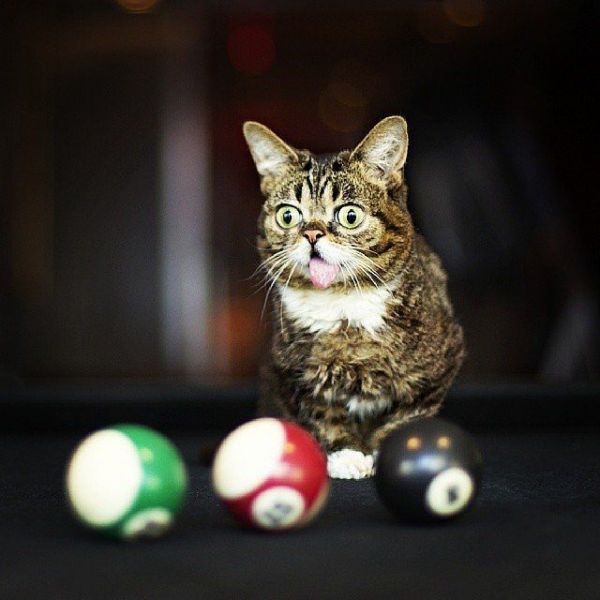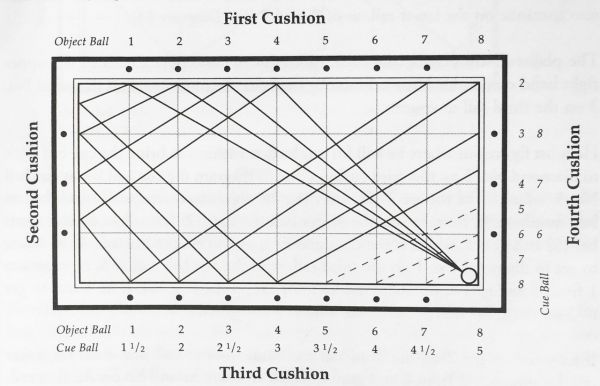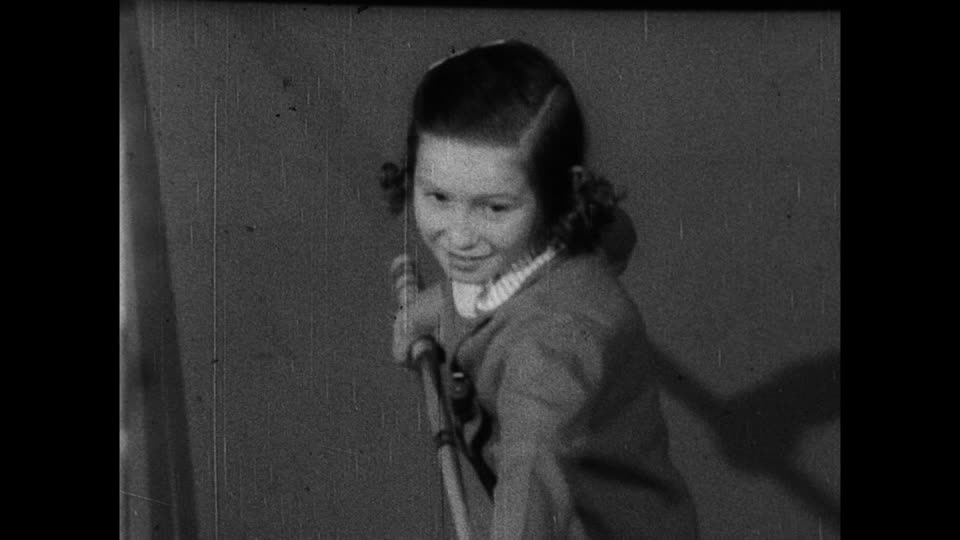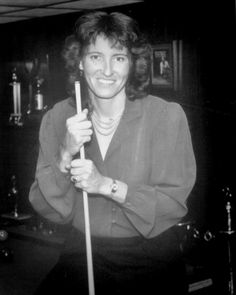Check out this article titled Top 10 Baddies of Billiards Movies which is a follow-up article to “The Bensonhurst Bomber” an article about the importance of intimidating your opponent. This article counts down the top 10 billiard baddies in movie history. So get comfortable and grab some popcorn:

10. Third Eye Ryu. In the 1972 pinky violence film Wandering Ginza Butterfly, the recently-paroled Nami must use her billiards skills to prevent the local yakuza from taking over a bar. The fate of the bar lies in a game of three-cushion billiards that Nami must play against the yakuza’s junkie henchman, Third Eye Ryu. Behind mirrored glasses, the stone-faced pool shark is a formidable opponent who exudes cold evil.
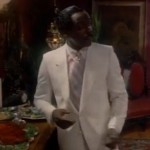
9. Frosty (Richard Roundtree). The song “The Baron” is not the only memorable remainder of the 1984 made-for-TV movie The Baron and the Kid. To that list, we should also add the formidable, impeccably dressed in white, Southern hustler Frosty, who doesn’t like to lose in pool. He proves particularly adept at intimidation when he removes his jacket, showing a holstered gun, and when he corrals his opponents with his posse of rednecks. Roundtree always was a “bad mother…” I’ll shut my mouth.

8. Caller (Neville Stevenson). If looks could kill, then Caller, the pierced, dreadlocked, bare-chested eight-ball opponent from the 2001 New Zealand film Stickmen, would be like walking genocide. Fortunately, his opponent Wayne is too blitzed out of his mind to notice and handily runs the table “drunken master” style on Caller before he can make a shot.

7. Eddie Davies (J.W. Smith). “Pool Hall Blues – September 4, 1954,” from the second season of Quantum Leap, is an insulting chapter of billiards television history. But, as far as reprobates go, Eddie Davies, the local loan shark, is high on the list. His scare tactics include sleazing all over the pool hall proprietor’s daughter, beating up an old man, and – far worse – directing his goon to snap in half the prized cue stick of Charlie “Black Magic” Walters.
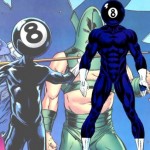
6. 8-Ball (Jeff Hagees). OK, I admit it, this villain has nothing to do with movies, but Marvel Comics’ misfit is too perfect not to include in this list. From his profile: “8-Ball wielded a pool cue specially designed to magnify any force applied to it to more than a thousand-fold and transmit that force at anything it struck. He also carried a variety of pool balls for throwing, some designed to act as grenades. He traveled aboard a giant hovering pool ball.”

5. Joe (Chazz Palminteri). Though Joe doesn’t actually play pool in the 2002 film Poolhall Junkies, he is every bit hustler-gangster-thug, starting with the fact he ruins Johnny’s dream of playing pro billiards by throwing out the invitation. But, that’s tiddlywinks compared to his later nefarious acts, including breaking Johnny’s finger, beating up Johnny’s brother, and trying to destroy Johnny’s reputation. Bad-ass quote: “Take that you motherless motherfu**ers.”
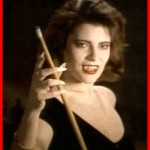
4. Natasha (Rebecca Downs). In the 1998 “Pool Sharks” episode of Monsters, we’re first introduced to Natasha as just another buxom, black-clad, pale-skinned vamp with flirtatious mien and a tendency to be forward with men by sucking their bleeding finger wounds. (And if you’ve seen From Dusk Till Dawn, you’re correctly thinking, “This can’t be good.”) Sure enough, in time, Natasha bears her fangs and the friendly game of 50-point straight pool turns into a death match.

3. “Cue Ball” Carl Bridges (Ving Rhames). Ving Rhames trades in the “pliers and blowtorch” that made him famous in Pulp Fiction for a pimped out wardrobe, 8-ball cane, stogie and an appetite for chicken feet in the 2005 movie Shooting Gallery. The plot may be ludicrous, but local gangster Cue Ball Carl not only manages a city-wide street team of pool hustlers, but also dabbles in guns, drug-running, and violence.

2. Joey (Kurt Hanover). So sinister he’s almost cartoonish, Joey is the lying, cheating, backstabbing, thieving, scoundrel of the 2012 film 9-Ball. Responsible for the care of his niece Gail since her father died, Joey exploits her billiards talents to make money for himself. When that starts to unravel, he threatens her to stop watching instructional pool videos (!!), and in time, steals from her and brutally beats her.

1. Bert Gordon (George C. Scott). Clearly, there are rogues on this list who have personally committed more heinous acts, but I still give the Billiards Brute top spot to Bert Gordon, the unscrupulous, vicious, milk-drinking, mastermind of the 1961 movie The Hustler. Gordon never pulls the trigger, but he pulls all the strings, manipulating “Fast” Eddie, destroying his character and confidence (“Eddie, you’re a born loser”), and ultimately, causing his girlfriend Sarah to kill herself, even if it were Eddie and Bert who “really stuck the knife in her.”




